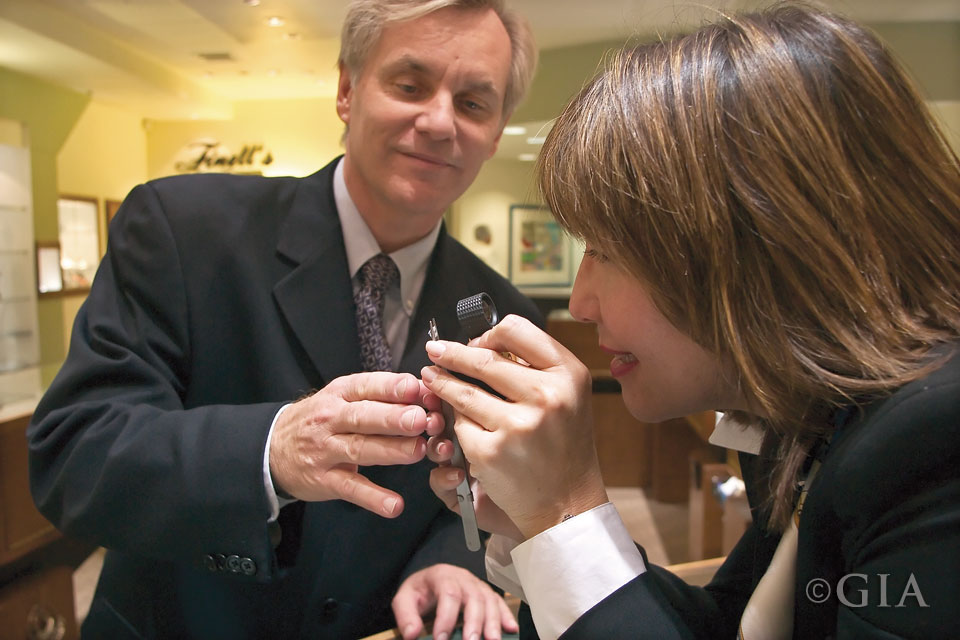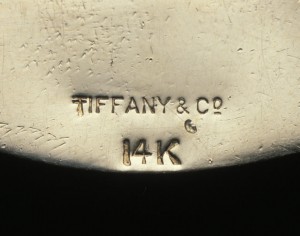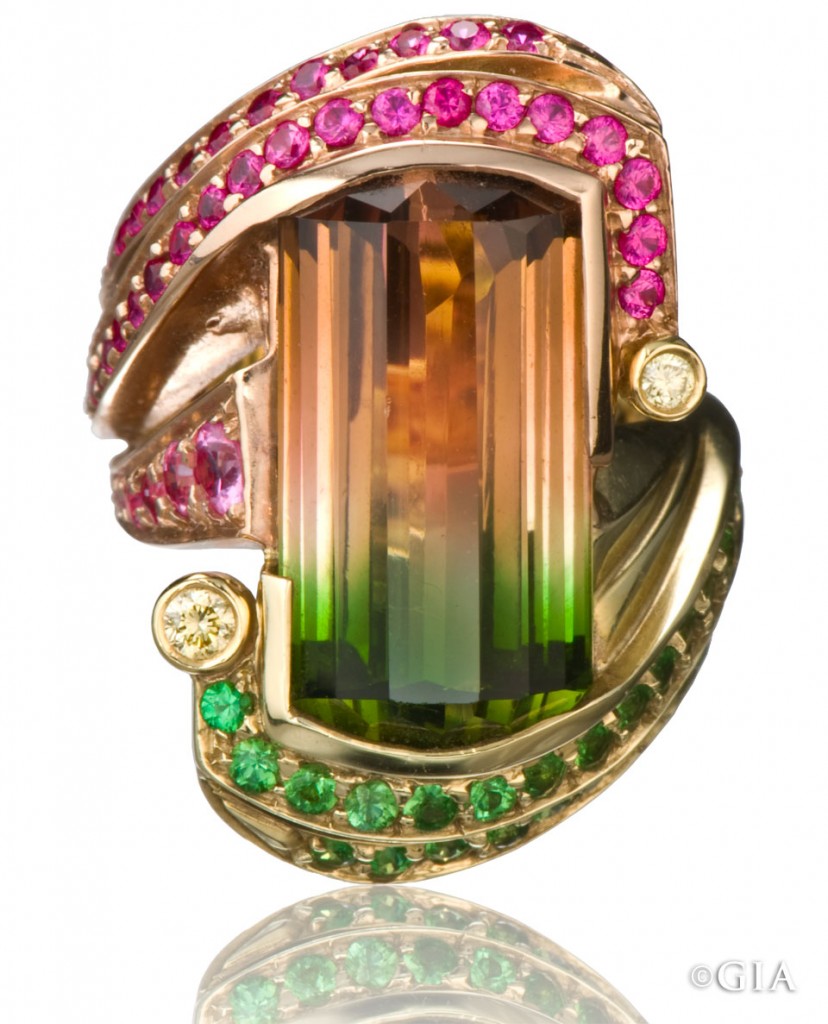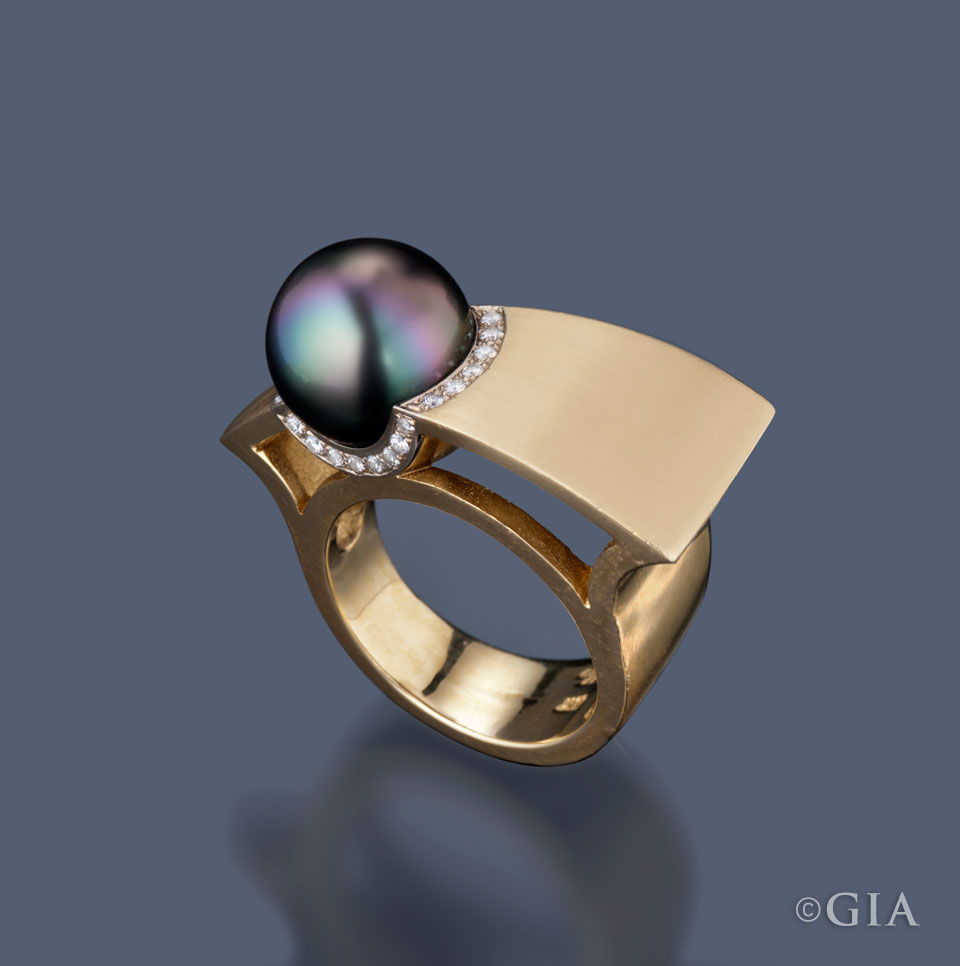Buying a piece of jewelry is always exciting. But it can be stressful, if you don’t know what to look for. Before you begin shopping, start by reading these 10 tips to help you when you are buying jewelry. We want you to come home relaxed and happy, with a precious keepsake you’ll be proud to wear for a long time.
-
- Consider choosing a jeweler who has both formal gemological education and/or jewelry manufacturing training in addition to practical experience. There are various national and state jewelers’ associations to which a jeweler can belong. These associations offer referrals.If you are looking for a jeweler who carries GIA-graded diamonds or has GIA-trained professionals on staff, you’ll find one on GIA’s Retailer Lookup, a quick, convenient way to find a jeweler in your area.
- Look for a maker’s mark on the piece. A maker’s mark is a stamp of authenticity – proof that a particular manufacturer made it. It’s like a painting being signed by the artist.
- Find the quality stamp: This stamp indicates the type and fineness of the metal used in the piece. For jewelry made in the U.S., the Federal Trade Commission (FTC) requires that a maker’s mark, or trademark, accompany the quality stamp. They are usually located in an inconspicuous place, like inside the shank of a ring. In Europe, they are called hallmarks and indicate the type of metal, fineness and country in which the piece was manufactured.
- Examine the gems: If a gem is loose, that means it is not secure in the mounting and could possibly fall out. Also, check for any damaged stones. Ask to view the piece through a jeweler’s loupe and look for chips and abraded facets.
- Make sure the metal is not scratched. All metal finishes, bright, textured, matte, etc., can show damage.
- Read and understand the return policy or warranty information. Many jewelry stores also offer annual cleaning and will check for loose or damaged gems. Think of it as an annual “tune up” for your jewelry.
- Get an appraisal: If you are purchasing an antique piece or a particularly expensive one, get an appraisal – you’ll need one for insurance purposes. This will tell you the replacement value and that brings peace of mind.
- Ask to see the lab report: If you are purchasing a piece of jewelry with significant gemstones, ask for a grading or gemological identification report from an independent lab such as GIA. The reports will state whether the stone is natural or synthetic, and if there are detectable treatments. GIA’s diamond grading reports provide an assessment of the stone’s quality while identification reports will state what the material is.
- Use GIA’s Retailer Lookup: If you are looking for a jeweler who carries GIA-graded diamonds or has GIA-trained professionals on staff, you’ll find one on GIA’s Retailer Lookup, a quick, convenient way to find a jeweler in your area.

- Ask questions. Don’t be shy. Asking questions is an effective way to learn about jewelry. An informed customer is an empowered one.
Custom Field: Array




